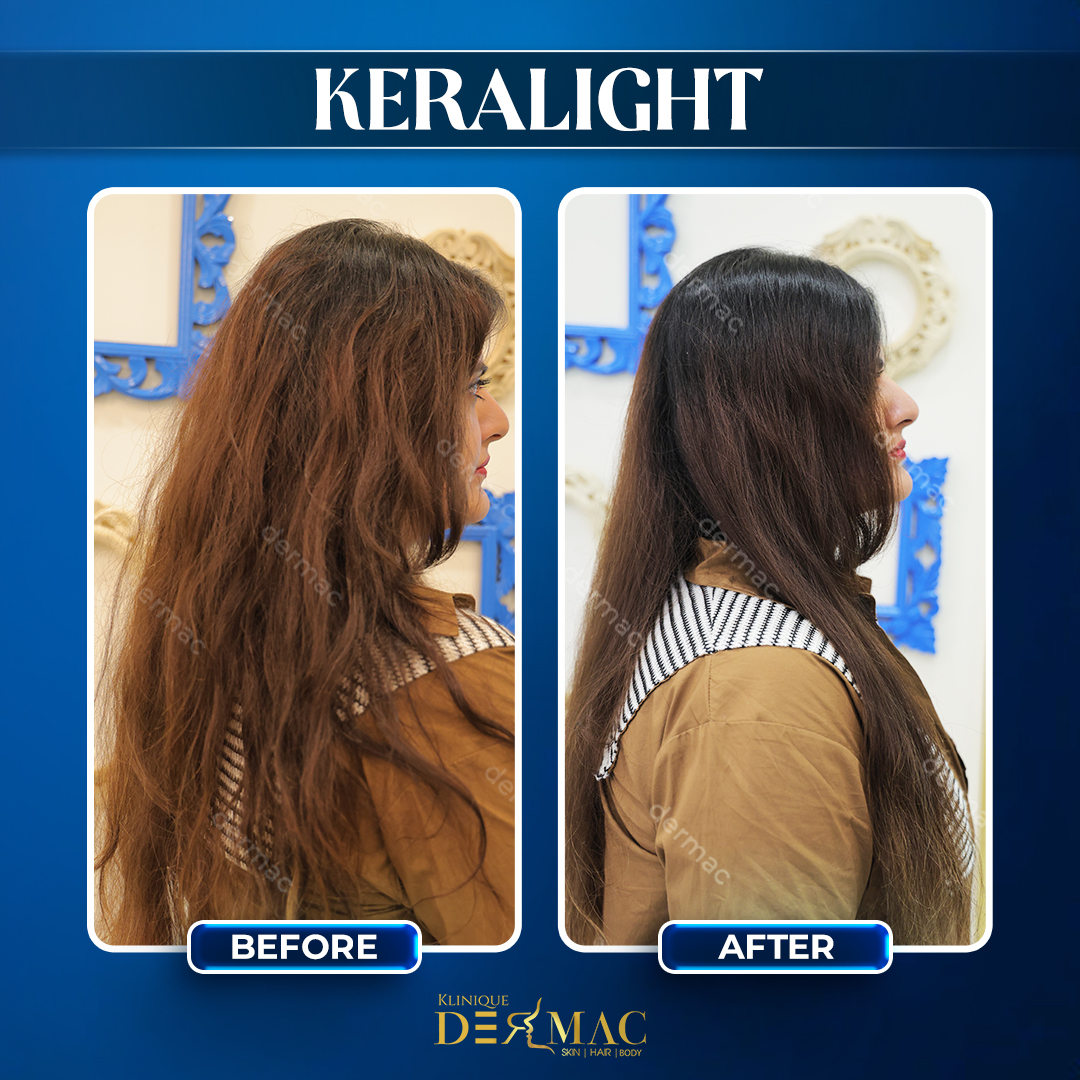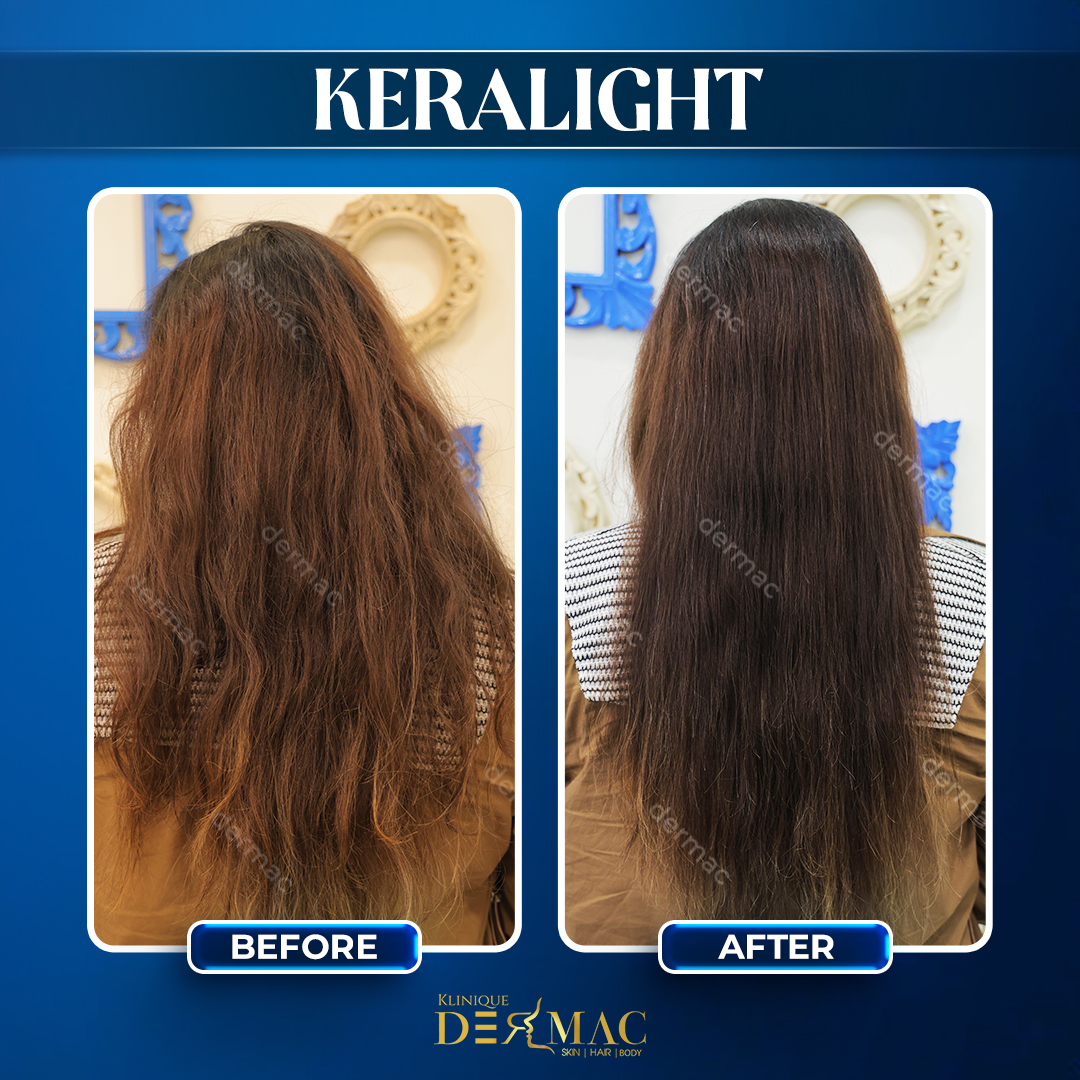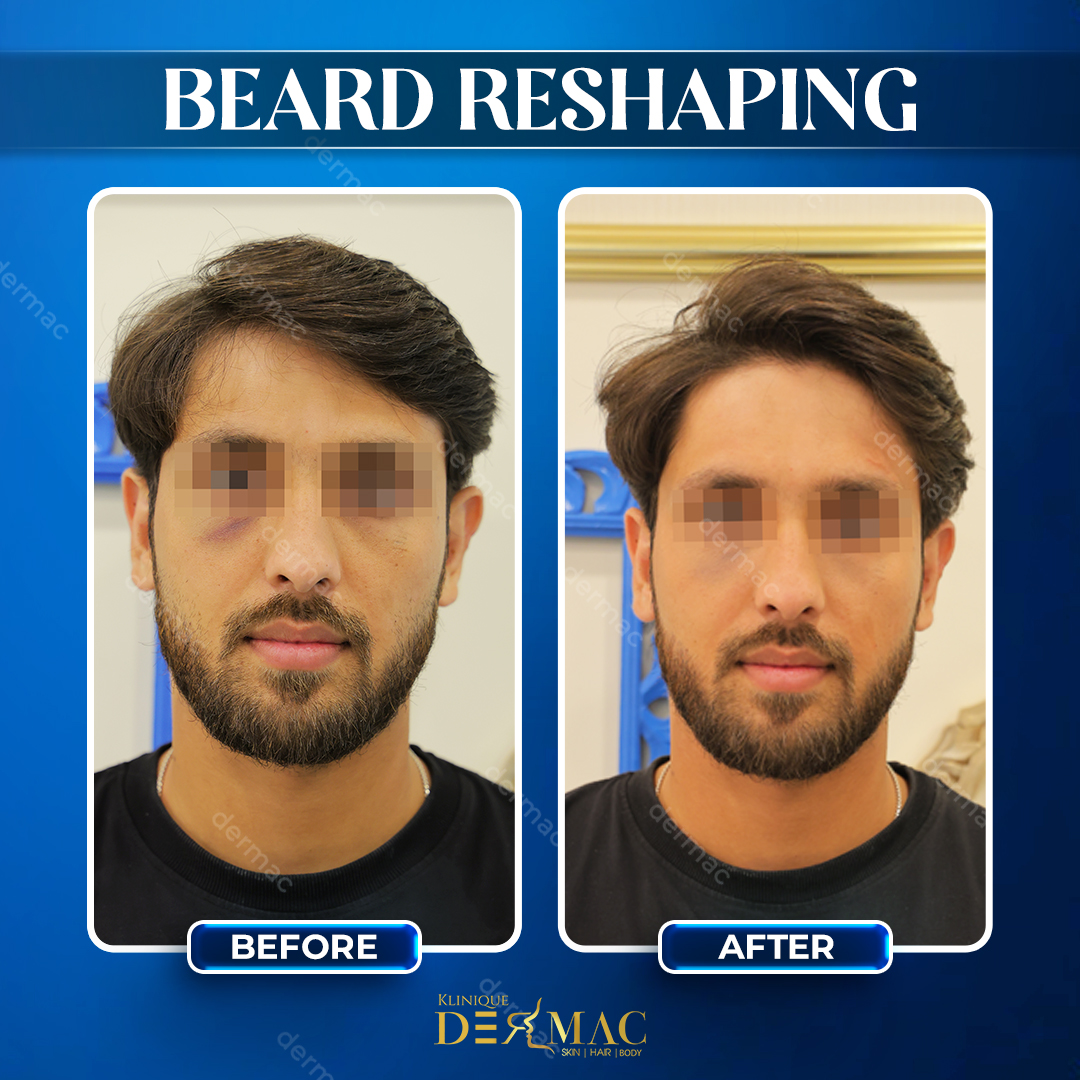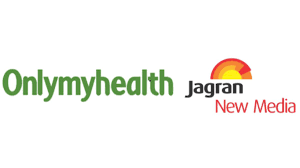laser resurfacing
Revitalize Your Skin with Advanced Laser Resurfacing
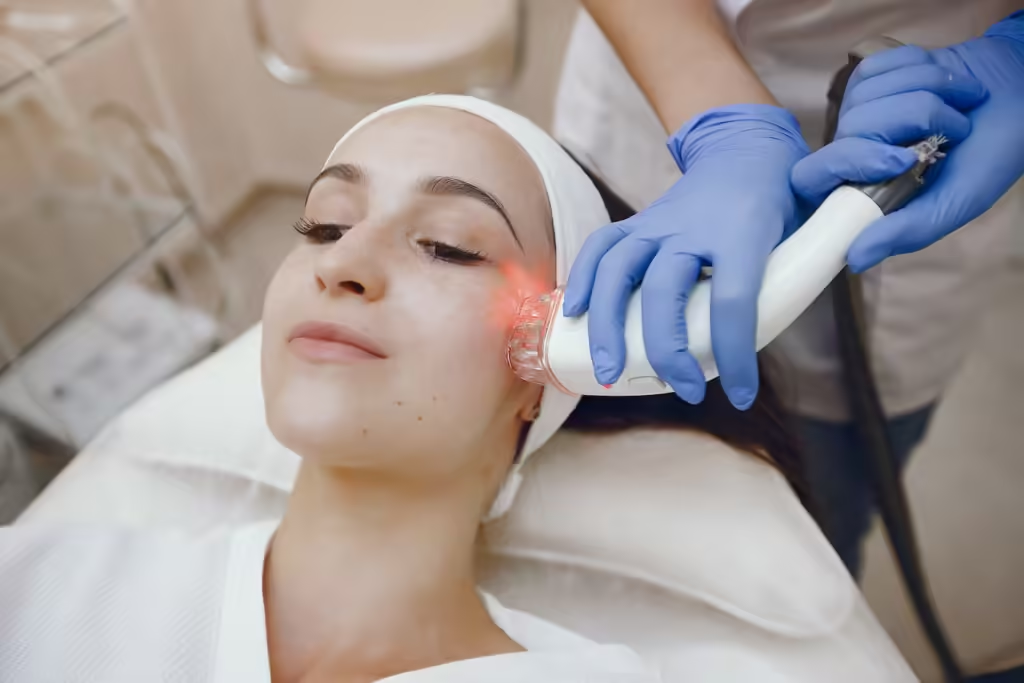
Overview of Laser Resurfacing
Laser resurfacing is a non-invasive treatment that uses precise laser technology to improve skin texture, reduce wrinkles, and treat various skin imperfections, offering a smoother, youthful appearance.
What is Laser Resurfacing?
Laser resurfacing is a skin rejuvenation treatment that removes damaged outer layers of skin to stimulate the growth of new, healthier skin. It treats wrinkles, scars, uneven skin tone, and other imperfections, offering dramatic results with minimal downtime.
Types of Laser Resurfacing
- Ablative Laser Resurfacing: Targets deeper layers of the skin to treat severe wrinkles, scars, and skin irregularities.
- Non-Ablative Laser Resurfacing: A gentler option, focusing on stimulating collagen production and addressing minor imperfections without damaging the skin’s surface.
Symptoms for Which Laser Resurfacing Treatment is Required
- Fine lines and wrinkles around the eyes or mouth
- Acne scars or surgical scars
- Sun-damaged skin
- Uneven skin tone or pigmentation
- Enlarged pores
- Age spots or liver spots
Procedure of Laser Resurfacing Treatment
- Consultation: A thorough skin assessment by a dermatologist to determine the suitable type of laser resurfacing.
- Preparation: Cleansing of the treatment area, followed by numbing with topical anesthesia.
- Laser Application: The laser is precisely applied to the targeted areas, removing damaged skin and stimulating collagen production.
- Cooling: After the laser treatment, the skin is cooled to minimize discomfort.
- Recovery: The procedure typically lasts 30 minutes to 2 hours, depending on the treatment area.
Post-Treatment Care
- Avoid direct sunlight and use high-SPF sunscreen.
- Keep the treated area clean and moisturized.
- Apply prescribed ointments to promote healing.
- Avoid strenuous activities or hot showers for a few days.
- Follow your dermatologist’s instructions closely for optimal results.
Benefits of Laser Resurfacing Treatment
- Reduced appearance of wrinkles and fine lines
- Improved skin texture and tone
- Minimizes acne scars and other imperfections
- Stimulates collagen production for long-term skin health
- Quick recovery with minimal downtime
Facial category
FAQs
Most patients experience mild discomfort, but a topical anesthetic is applied to minimize pain during the procedure.
Recovery varies, but most patients heal within 1-2 weeks. Non-ablative treatments have shorter recovery times.
The number of sessions depends on your skin condition. While some results are visible after one session, multiple treatments may be recommended for optimal results.
Yes, but your dermatologist will tailor the treatment to suit your specific skin type to ensure safety and effectiveness.
Results can last for several years, especially with proper skin care and sun protection. Periodic touch-up treatments can help maintain the results.
COSMETICS RELATED BLOGS
How To Book An Special Appointment
Luctus accumsan tortor posuere ac ut vulputate odio consequat.
Explore How To Get Soft And Supple Skin
Velit laoreet id rhoncus est pellentesque donec ultrices tincidunt.
The Ideal Time For Cosmetic Surgery
Habitant morbi tristique senectus et netus et malesuada fames.




